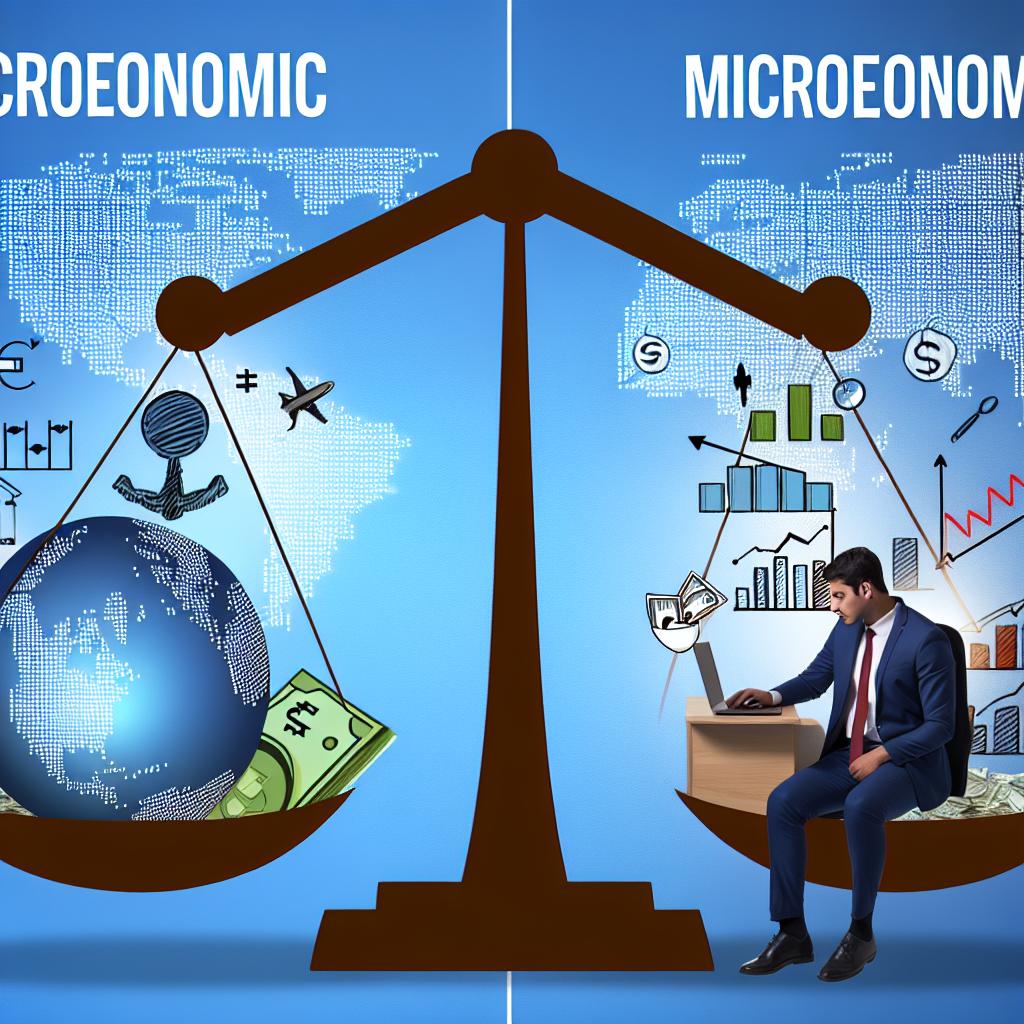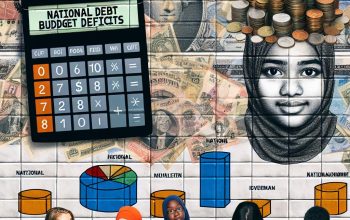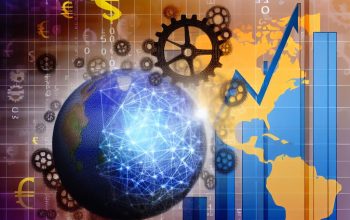Understanding Macroeconomics and Microeconomics
In the study of economics, two primary branches explore different facets of economic activities: macroeconomics and microeconomics. Both are essential for analyzing how economies operate, but they focus on different aspects and scales of the financial world.
Focus of Macroeconomics
Macroeconomics deals with the performance, structure, and behavior of an entire economy, whether national, regional, or global. It strives to understand broad phenomena such as gross domestic product (GDP), unemployment rates, and inflation rates. Governments and policymakers often rely on macroeconomic analysis to inform fiscal and monetary policies.
The field is concerned with how economic activities result in trends that impact a large population. Key topics in macroeconomics include national income accounting, aggregate demand and supply, fiscal and monetary policy, economic growth, and international trade. Gross Domestic Product (GDP) is a central metric used to gauge the health and size of an economy. It measures the total value of goods and services produced over a specific period within a country. An increase in GDP indicates economic growth, aiding policymakers in deciding appropriate economic strategies.
Macroeconomics examines unemployment by studying labor markets and employment trends. Unemployment rates, categorized into types such as structural, frictional, and cyclical, provide insights into the economy’s health and influences decisions on interventions needed to address joblessness. Another vital aspect of macroeconomics is inflation, reflecting changes in purchasing power and price levels. Monitoring inflation helps manage the economy by guiding interest rate adjustments and other monetary interventions.
Focus of Microeconomics
In contrast, microeconomics zooms into the granular level of individual agents within the economy, such as consumers, households, and firms. It examines how these entities make decisions based on limited resources and their implications on the supply and demand for goods and services. Consumer behavior, a fundamental concept, explores how individuals make choices on allocating their resources, such as time and money, to maximize utility. This understanding aids in predicting how changes in prices or income affect demand for goods and services.
Microeconomics explores the theories of production, addressing how businesses combine labor, capital, and resources to produce goods and services efficiently. The analysis of different market structures, like monopoly and oligopoly, helps understand market dynamics and pricing strategies. Price determination, another microeconomic focus, examines how prices are set in markets through the forces of supply and demand, impacting how goods and services are distributed.
Key Differences in Methodology
The methodologies employed in macroeconomics and microeconomics differ significantly. Macroeconomists use aggregated indicators and focus on models that predict national and global trends. They often rely on statistical models and economic theories to understand large-scale economic factors that influence entire economies. Tools like economic forecasting, national accounts, and econometric models are utilized to predict macroeconomic trends.
Microeconomists, meanwhile, analyze detailed data about specific market interactions and consumer preferences. Techniques like marginal analysis and elasticity are central to their study, laying the groundwork for understanding individual economic behavior and small-scale factors affecting markets. The study of consumer and producer surplus, externalities, and economic efficiencies often features in microeconomic analysis.
Despite their different scopes and methodologies, both branches are interdependent. An understanding of macroeconomic trends can inform predictions and analyses at the microeconomic level, and vice versa. For instance, national economic policies or global economic events can affect local markets, influencing consumer behavior or business strategies based on evaluated economic conditions.
Applications in Real-World Scenarios
Policymakers use macroeconomic models to design policies aimed at stabilizing the economy, mitigating unemployment, or controlling inflation. For instance, central banks manipulate interest rates as part of monetary policy to influence economic growth. Actions like quantitative easing or altering reserve requirements are strategic efforts to impact national economic conditions.
On the microeconomic level, businesses leverage consumer behavior studies to optimize pricing strategies and marketing efforts to capture market share effectively. Analyzing market competition helps companies improve operational efficiency. For instance, businesses study consumer preferences and elasticity of demand to develop pricing strategies that maximize profits without deterring potential shoppers. Understanding competitor strategies and market entry dynamics also aids firms in leveraging economic principles to enhance market presence.
Continuing the Exploration
To delve deeper into the principles and applications of these economics branches, numerous resources are available for further study. For example, online platforms such as edX and Coursera offer comprehensive courses on both macroeconomics and microeconomics. Accessing such resources can enhance your understanding of how various economic theories apply to real-world scenarios.
For a more thorough grasp of economic principles and their applications, engaging with textbooks, scholarly articles, and participatory workshops can provide valuable insights. Collaborations with academic institutions or engaging in research projects can also promote a sophisticated understanding of the complexities in both macroeconomics and microeconomics, bridging theories with practical scenarios.
Ultimately, while macroeconomics provides a bird’s-eye view of economic systems, microeconomics immerses itself in the specifics, exploring the foundational elements that contribute to overall economic performance. Understanding both is vital for a well-rounded comprehension of how economies function, equipping individuals, businesses, and governments with the tools to make informed economic decisions.
This article was last updated on: March 10, 2025




